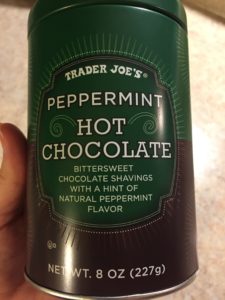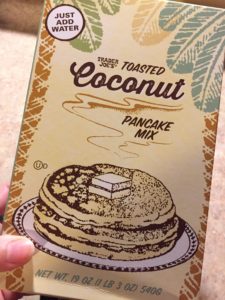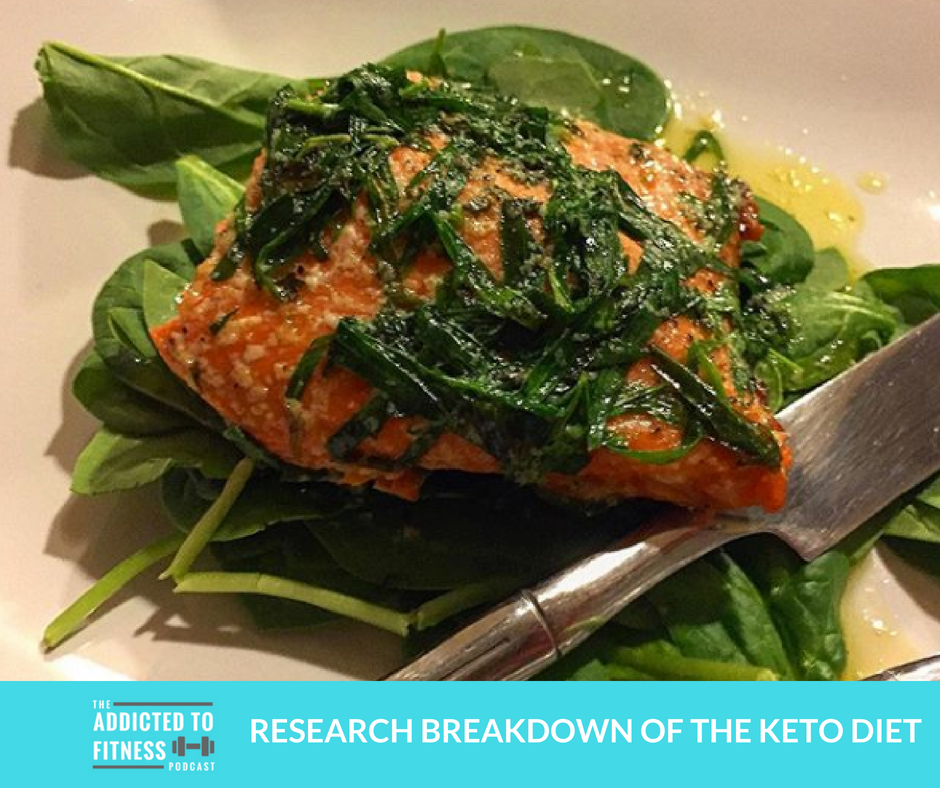This week we’re talking sneaky sugar on food labels and we’re doing our first guide on the trendy Keto Diet.
Training Recap
Not any huge shifts in what we’re doing with training this week, especially as it follows a holiday week. Shannon is trucking along with yoga, spinning and the occasional HIIT workout. Meanwhile, Nick’s client load has increased, which means he’s really focusing on mobility exercises/movements to stay mobile for his clients.
On a related note, Shannon, who completed her Yoga Teacher Training in April of this year, is now also insured, meaning she can teach classes pretty much anywhere as she has her liability coverage in place – Woo hoo!
Companies Hiding Sugar on Food Labels
Sugar is a topic that has come up before on the podcast, but one topic that we’ve not covered in much detail is the range of sugars there are and how prevalent they are in food.
We discovered an article about a recent conference on Snackification that Well + Good hosted, where a panelist – the founder and CEO for the yogurt brand, Siggi’s – spoke about how he’d noticed that food brands were burying sugar in their ingredients lists, with the idea that this was an attempt to deceive consumers on the sugar content of a product.
Other conference speakers, including a nutritionist who had worked with brands in the past, addressed the idea further and confirmed that brands would use different types of sugar so they can split it up on the ingredients list, so that “sugar” doesn’t appear at the top of the list (where the ingredients that exist in greatest weight are listed).
We list off some of the types of sugar that you can typically see on labels, including sucrose, high-fructose corn syrup, barley malt, dextrose, maltose and rice syrup, but there are so many more!
To see how this plays out in a few products in our own kitchen, we raided our pantry for a few different products and looked at the labels. We analyzed the labels of KIND Bars, Trader Joe’s Toasted Coconut Pancake Mix and Trader Joe’s Peppermint Hot Chocolate.
FYI, you typically want to keep your sugar intake below 25 grams per day.



The Food and Drug Administration (FDA) has demanded a label makeover, specifically calling out the number of grams of added sugar, separate from the natural occurring sugars, such as from fruit, but it’s been delayed and is TBD now.
TIP: Until the FDA’s label change is in full effect, the best way to avoid getting fooled is to familiarize yourself with the different sugar monikers called out in this article and reading the full ingredients list—not just what comes first.
Guide to the Keto Diet
https://www.marksdailyapple.com/the-definitive-guide-to-keto/
It’s a buzzword that is popping up everywhere and is at an all-time high for Google searches, with huge surges in the last few month specifically. It’s the Ketogenic or “Keto Diet.”
We reference a fantastically informative article by Mark Sission, who is releasing a book on the Keto Diet this fall, and break down what this diet is and why it’s so popular now.
What does it mean to “go keto?”
Eating a ketogenic diet involves eating a high fat, moderate protein, low carb diet. This diet promotes a state called ketosis when you start producing ketone bodies in your bloodstream, where there is a decreased production of glucose, leading your body to burn fat without compromising muscle. This is the only known “protein-sparing” weight-loss technique.
So what is this thing called ketosis and why does it matter for health/fitness?
First off, you need to understand the conditions that promote ketosis in the body. And to do that, you have to understand how our bodies beta-oxidize fatty acids for energy. Mark Sission summarizes it nicely:
- Fatty acids are broken down into acetyl-CoA.
- Acetyl-CoA combines with oxaloacetate.
- The acetyl-CoA/oxaloacetate duo starts the Krebs cycle.
- The Krebs cycle produces ATP, the body’s energy currency.
- Congratulations. You’ve just turned fat into energy.
If the supply of acetyl-CoA exceeds the supply of oxaloacetate, the liver converts any excess acetyl-CoA into ketone bodies. These ketone bodies are an “alternative” energy source for the brain and body.

Both carbohydrates and protein can actually prevent or knock you out of ketosis. So a ketogenic diet limits carbohydrates and, to a lesser extent, protein, in order to get your body into a state of ketosis where you’re burning fat for energy.
Ketosis does occur in certain instances without any dietary change at all, including extreme physical exertion, fasting for a significant time period or if starvation over a significant time period occurs.
Humans more than other animals are remarkably good at slipping into ketosis – it is a natural state that we can even wake up in a mild state of after a good night’s sleep.
What are the benefits of being in this state of ketosis?
Read Mark’s article for the long list of benefits and linking research, but at a glance, here are some highlights:
- The ketogenic diet actually first emerged as a tool for clinicians to treat patients with epilepsy, reinforcing that food is medicine.
- The effects on neuronal function and cognitive health, along with the ability of aging or degenerating brains to accept and utilize ketone bodies, have implications for other brain conditions, like Parkinson’s, Alzheimer’s, bipolar disorder, and many psychiatric disorders.
- In cancer patients, a keto diet preserves lean mass and causes fat loss.
- In type 1 diabetics who experience reduced cognitive function when their blood sugar is low, increasing ketone production via medium chain triglycerides (found in coconut oil) restores it.
- It increases physical energy efficiency.
- Keto-adaptation allows us to do more work using fat and ketones for fuel, thereby saving glycogen for when we really need it.
- It builds mitochondria – the power plants of our cells – which in turn gives us more energy.
- Though keto is not a classical weight loss diet, it can certainly help a person lose body fat by reducing insulin, increasing mobilization of stored body fat and decreasing appetite.
We also recommend watching/listening to Mark Sission explaining Keto on Good Morning America.
Looking to get started with the Keto Diet?
Keep in mind this is a lifestyle change and one that you need to commit to for a while. You’re literally training your body to work differently and switch gears as to how it creates energy in your body, so there are some initial side effects, also known as the “Keto Flu.” Here are some tips on how to survive it.

Wrap up
Hope you enjoyed this week’s show! Please show you liked it by sharing it and leaving a review for it, rating & review. If you’re interested in the products we use, visit our shop page to check out our ATF affiliates, Stick Mobility & Hemp Coffee Exchange, and our ATF Approved items on Amazon with our special ATF link here.
Episode Links:
- Apple Podcasts: https://itunes.apple.com/us/podcast/hidden-sugars-keto-diet-cliffs-notes/id1121420986?i=1000415459480&mt=2
- Spotify: https://open.spotify.com/episode/3OY1HCy9OU5nkzwPDiWsJQ?si=YWnhSTRrSHCx8Sz163Jzvg
- Soundcloud: https://soundcloud.com/nick-burch-702220833/hidden-sugars-keto-diet-cliffs

1 thought on “Hidden Sugars & Keto Diet Guide”
Comments are closed.